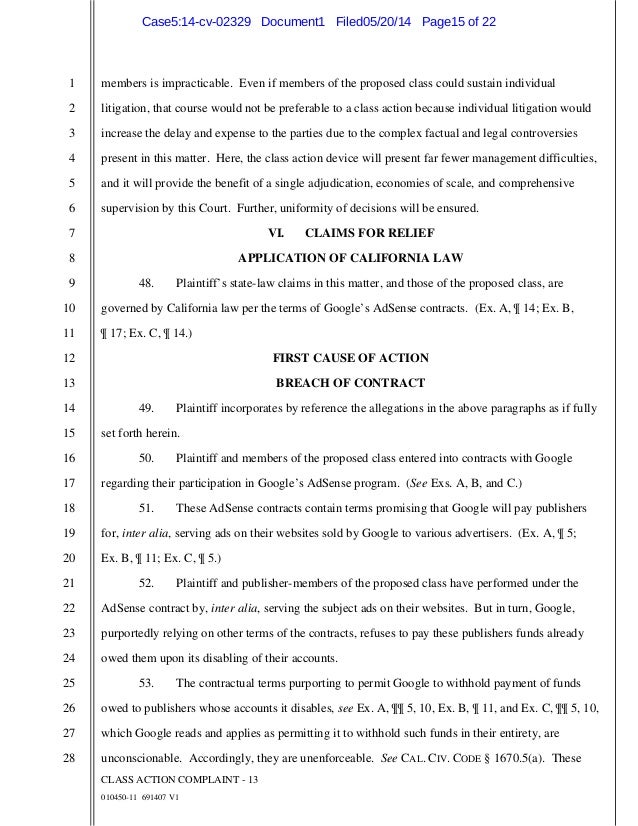

It’s becoming more and more strategic, and more sophisticated.” They were all calling on the same accounts and that wasn’t to our benefit. “We no longer have our own licensees beating each other up to get store presence.

He says Ohio State now has more control of its brand and can differentiate among retail channels and develop strategic product placements. But there was some negative effect to that.” “A company with a good idea could apply and launch off the Ohio State brand. “Our industry has always been open to a lot of startups and entrepreneurs,” he says. Van Brimmer acknowledges deals such as Ohio State’s are a big change. I never understood that because it’s just about a higher royalty rate and not the commensurate value.” “But we were always underpriced compared to the leagues. “It has led to an increased royalty rate, and maybe higher prices,” says Rick Van Brimmer, the university’s director of trademarks and licensing services. Ohio State consolidated its wearables business with J.

an average closer to 14% today, with some deals as high as 20%. Eiler estimates that the average collegiate royalty was probably in the 7%-9% range a decade ago, vs. One ramification of this trend is an uptick in royalty rates, especially for exclusives. The University of Michigan scored $169 million during a 10-year span when it switched from adidas to Nike this past July. In October 2015, the University of Texas reportedly extended its footwear and apparel relationship with Nike in a 15-year deal valued at $250 million.
#FOLLETTTEXTS CLASS ACTIO PROFESSIONAL#
Leading schools are starting to consolidate their apparel programs under one licensee, much like professional sports leagues have been doing for years. The schools realize they have to start managing themselves as a brand instead of a commodity-based licensing program.” university can generate $3 million to $10 million in annual revenues,” he says. “The industry has matured to the point where a major U.S. However, modern times have spurred a new approach to the business. Ten years ago, a school could bask in a sea of licensees and have nothing to worry about, says Derek Eiler, co-founder of Fermata Partners. Licensors are working to reduce the supply and once they do, we’ll see our collegiate business grow.” “There’s too much product out there, and that drives down price points.

“The college market still suffers from supply and demand issues,” says John Staton, president of loungewear maker College Concepts. Industry publication The Licensing Letter pegs last year’s collegiate licensing market at a more conservative $3.4 billion, indicating flat sales compared to 2013. (CLC) estimating retail sales at $4.6 billion in 2014. Still, it remains vast, with the Collegiate Licensing Co. Regardless of the similarities and differences, one thing is clear about the collegiate market: It is seeing an unusual amount of change for a historically stable sector. But most larger schools are tax-supported and must meet the needs of students, alumni, local government and the public. There’s a plethora of licensees and retailers that sell collegiate merchandise. Collegiate licensing mirrors professional sports licensing in many ways, but it also has unique characteristics.


 0 kommentar(er)
0 kommentar(er)
